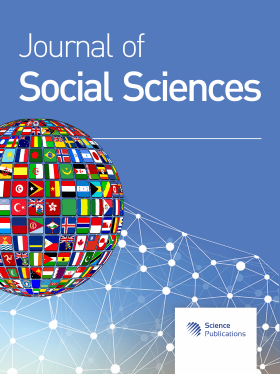A Quantitative Analysis of Preparedness and Performance: Predictive Indicators in First-Year Tertiary Mathematics
- 1 Centre of Planetary Health and Food Security, Faculty of Science, Australia
Abstract
Student preparedness at university entry plays a critical role in determining success in mathematics courses. This study investigates how three observable behaviours: (1) completion of weekly problem sets, (2) regular tutorial attendance, and (3) performance on a mid-semester test. We investigate how they relate to each other and their final examination results. Over five years, data were collected from 450 students (2014-2018) and analysed using correlation, multiple regression, and Partial Least Squares (PLS) regression. The analysis revealed that consistent completion of weekly problem-solving tasks was the most significant predictor of final exam performance, explaining more than 76% of the variance. Attendance accounted for approximately 21%, while mid-semester performance contributed only 3%. Collectively, the model explained 60% of the variation in final scores. These findings highlight the importance of sustained academic engagement and align with existing research on self-regulated learning and active participation.
DOI: https://doi.org/10.3844/jssp.2025.113.119

- 31 Views
- 6 Downloads
- 0 Citations
Download
Keywords
- Student Preparedness
- Tertiary Education
- Mathematics
- Applied Sciences
- PLS
- Linear Regression
- Qualitative Analysis
